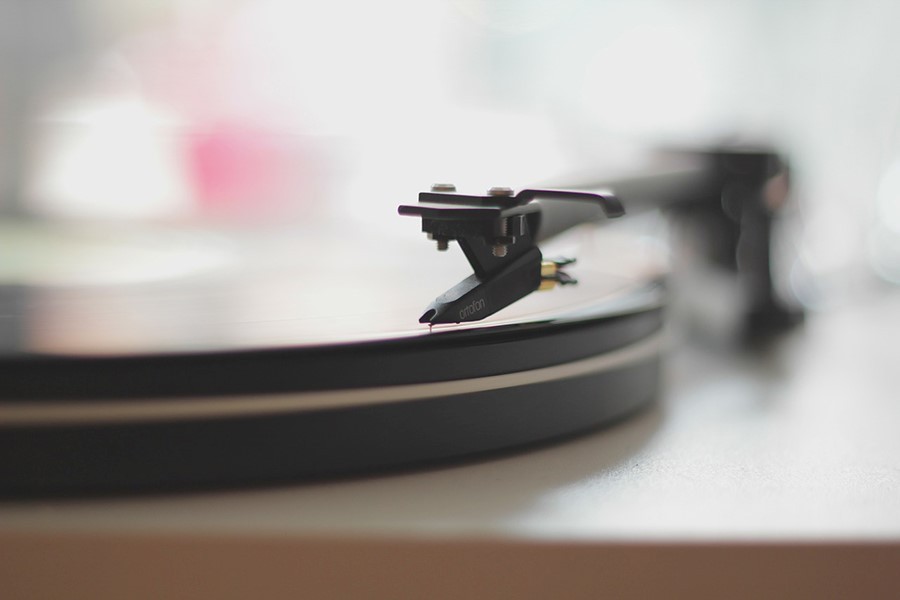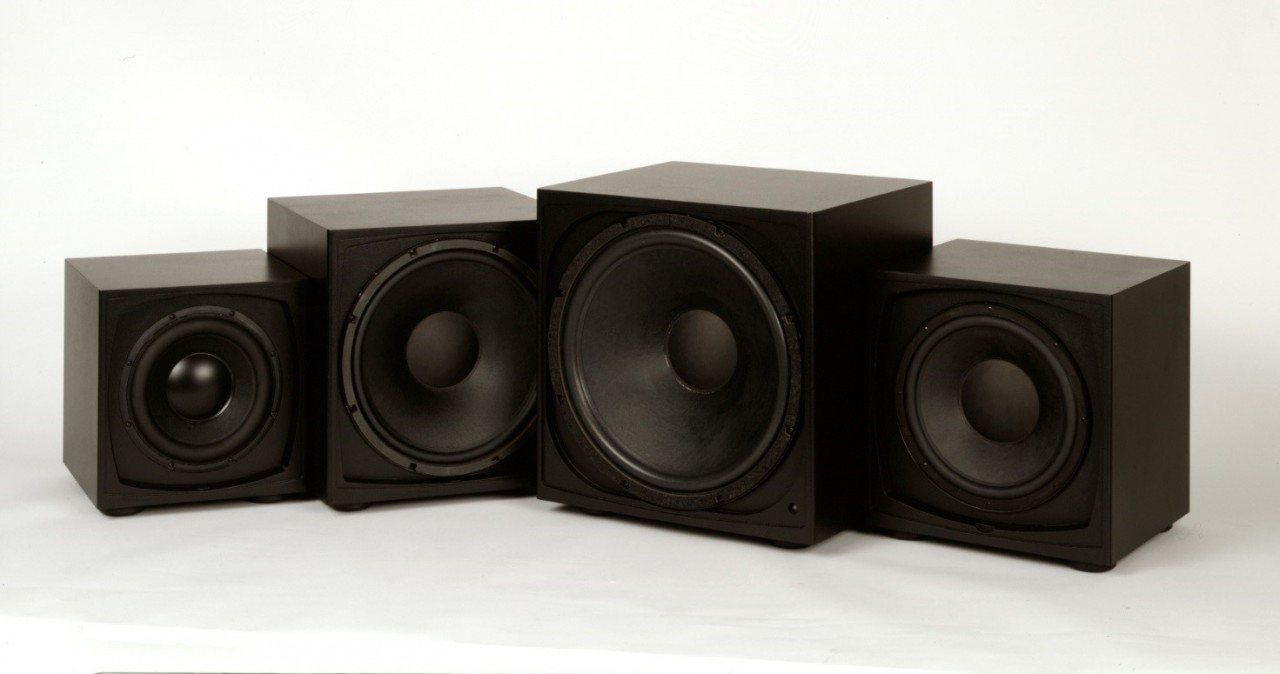Investing in high-end audio is a commitment to getting the highest quality music possible in your Southlake, Texas home. If you're only interested in a bit of ambiance while you cook, perhaps this kind of system is not right for you. But if you're the kind of person that categorizes their CD and album collections by eras, genres or themes—it’s time to upgrade your system. The right pair of speakers should be invisible, a transparent window that lets sound come through naturally. If that’s the kind of experience you want, check out how to find the right speakers:
SEE MORE: 3 Ways to Fill Your House With Music
Things to Look For in High-End Speakers:
- Sound Characteristics: Certain speakers are better at producing different styles of sound, from subtle tones to ‘bright' tones with a lot of trebles. Depending on your musical preferences, we find speakers tuned to the styles you like.
- Frequency response: This is a good way to gauge how pure a sound your speaker can create. It is the amount of frequencies your speaker produces, the fuller the range, the more realistic your audio will be. You also want this range to be flat, meaning that certain frequencies aren’t overwhelmingly louder than others.
- Cone Material: Your speaker has three main components: a cone, a coil, and a magnet. The coil sits in front of the magnet; the coil and magnet interact to create a vibration which is then amplified by the cone. As air comes through the come, it may flex at certain frequencies and distort the sound. What you want is the sturdiest material possible to avoid any flexing.
- Cone Variations: Audiophiles want to hear a range of high, medium and low frequencies. High-end speakers often include multiple cones, each corresponding to a particular frequency to create the most accurate sound reproduction possible.
- Design: You need to have the right design so there’s not too much echo within your speaker cabinet. Everything also needs to be tightly packed to avoid any movement that can create disruption.
- Tweeters: Your tweeters are important in getting higher frequencies to stand out. To reproduce high-frequency, they need to be light enough to move quickly, yet strong enough that they hold their shape at loud volumes. High-end manufacturers work to adjust the design and material of your tweeters to get the best results.
Give Your Speakers a Test Drive
Ultimately, listening to music is a subjective experience. For you to figure out which speakers sound best, you have to hear them yourself. Just because a speaker is the most expensive or highest rated, doesn't mean it's necessarily the right one for you.
Many AV technicians like DB Media Solutions have showrooms where you can test drive speakers before you buy them. Let us know what you’re looking for in your system and we’ll pick out a few options for you to check out.
Consider Where You'll Use Your Speakers
For one, large speakers in a smaller room can result in too much bass and muddled sound. Meanwhile, small ones will be unable to fill up larger rooms and result in weak, overworked systems
Deprecated: Creation of dynamic property EasyBlogSocialButtonExternal::$post is deprecated in /home/dbmediapro/public_html/administrator/components/com_easyblog/includes/socialbuttons/adapters/external.php on line 42




